Fleas are not just a nuisance—they can also cause health problems for pets and even humans in the household. Getting rid of fleas requires an organised and strategic approach, as they can quickly spread and establish themselves in various areas of the home, on pets, and even outdoors. This guide will cover everything from immediate flea elimination techniques to long-term prevention strategies, helping you create a flea-free environment without needing harsh chemicals.

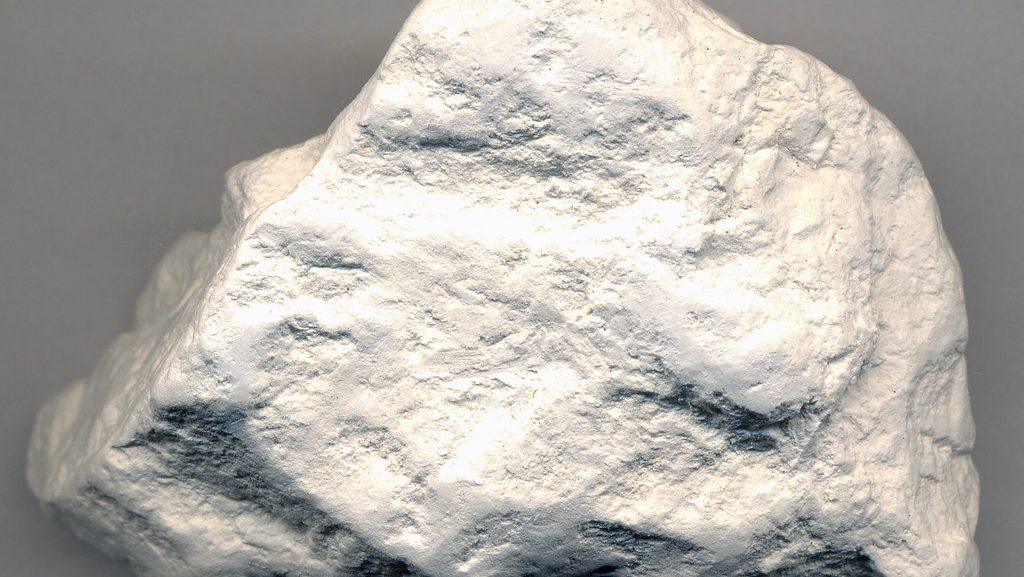
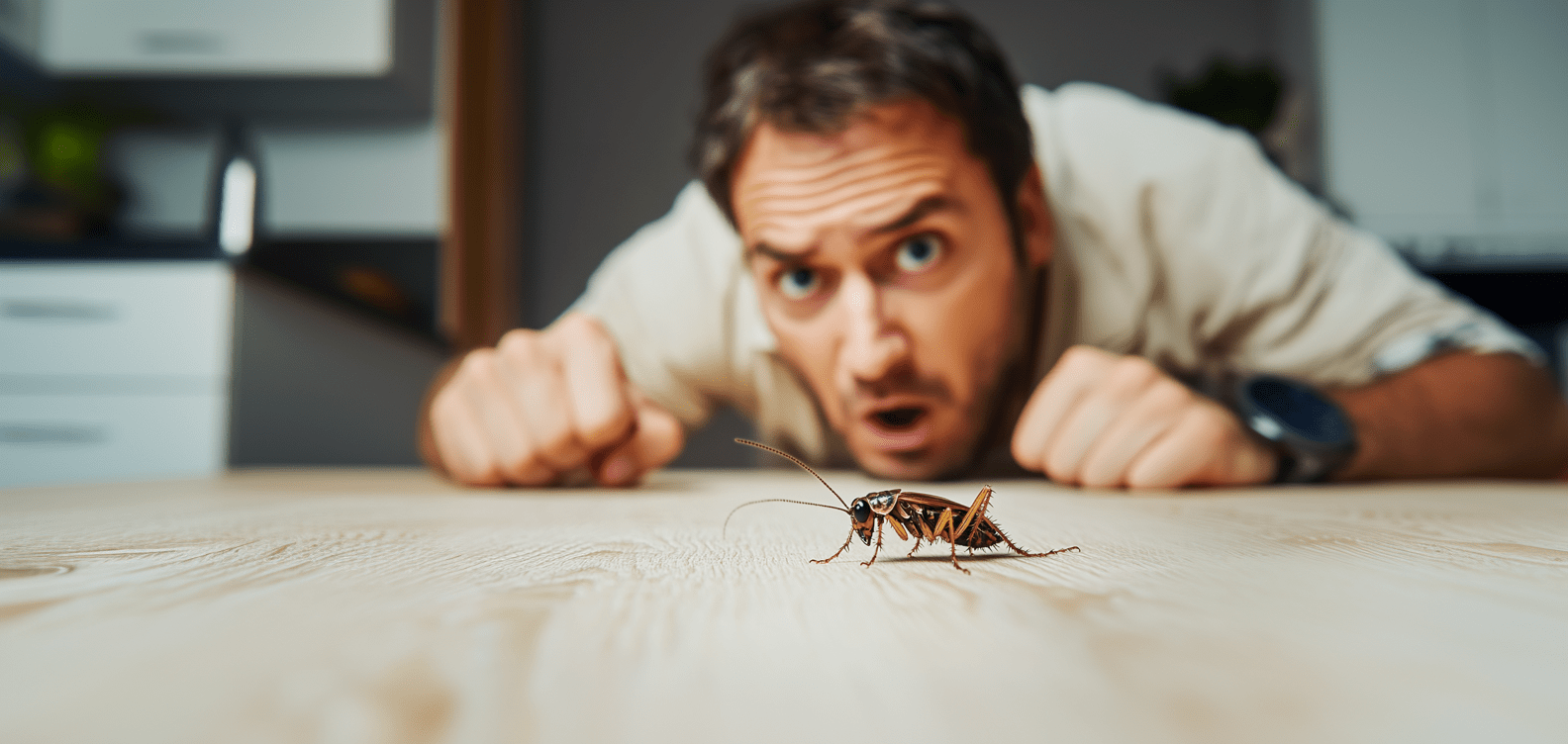

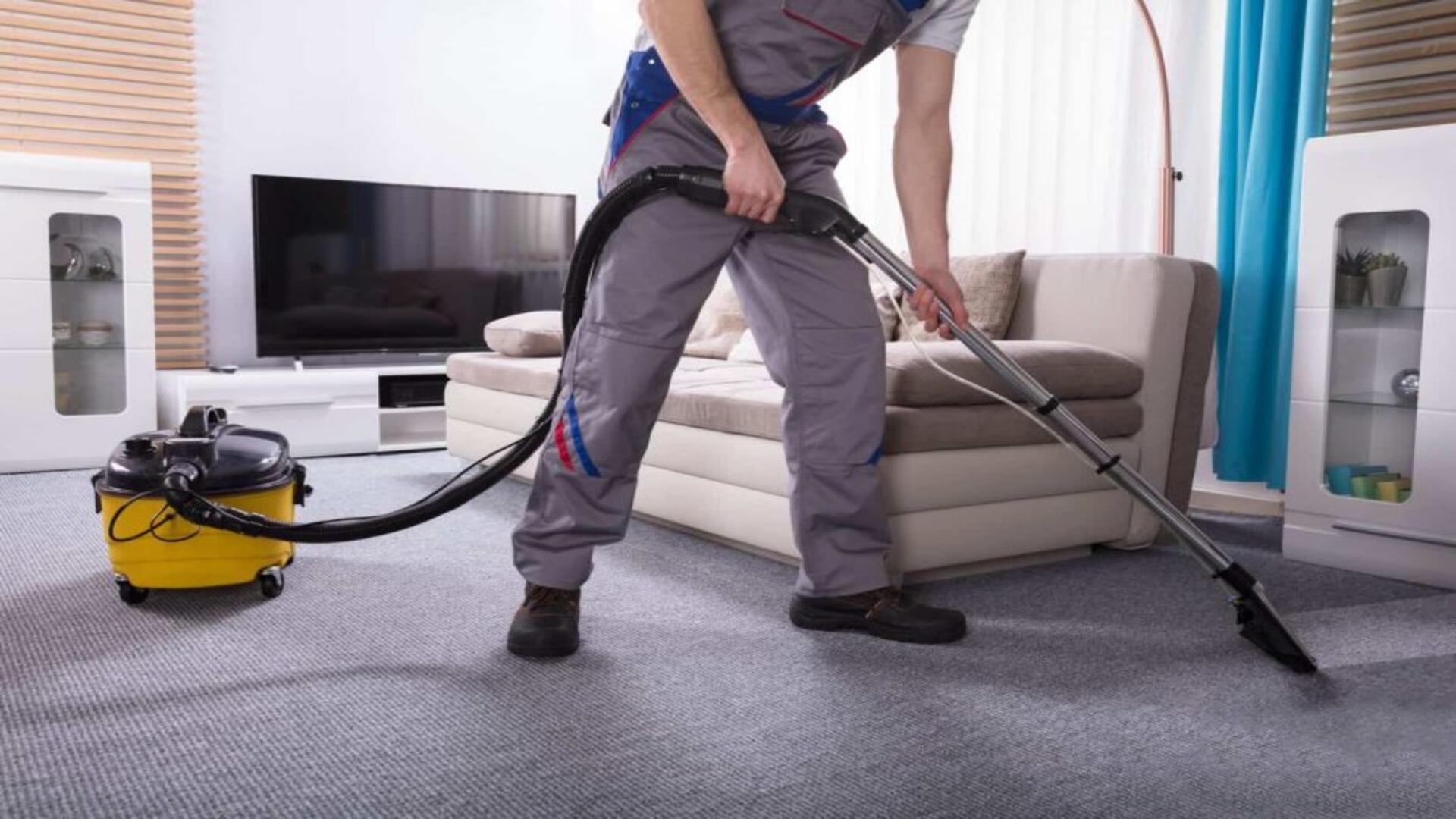
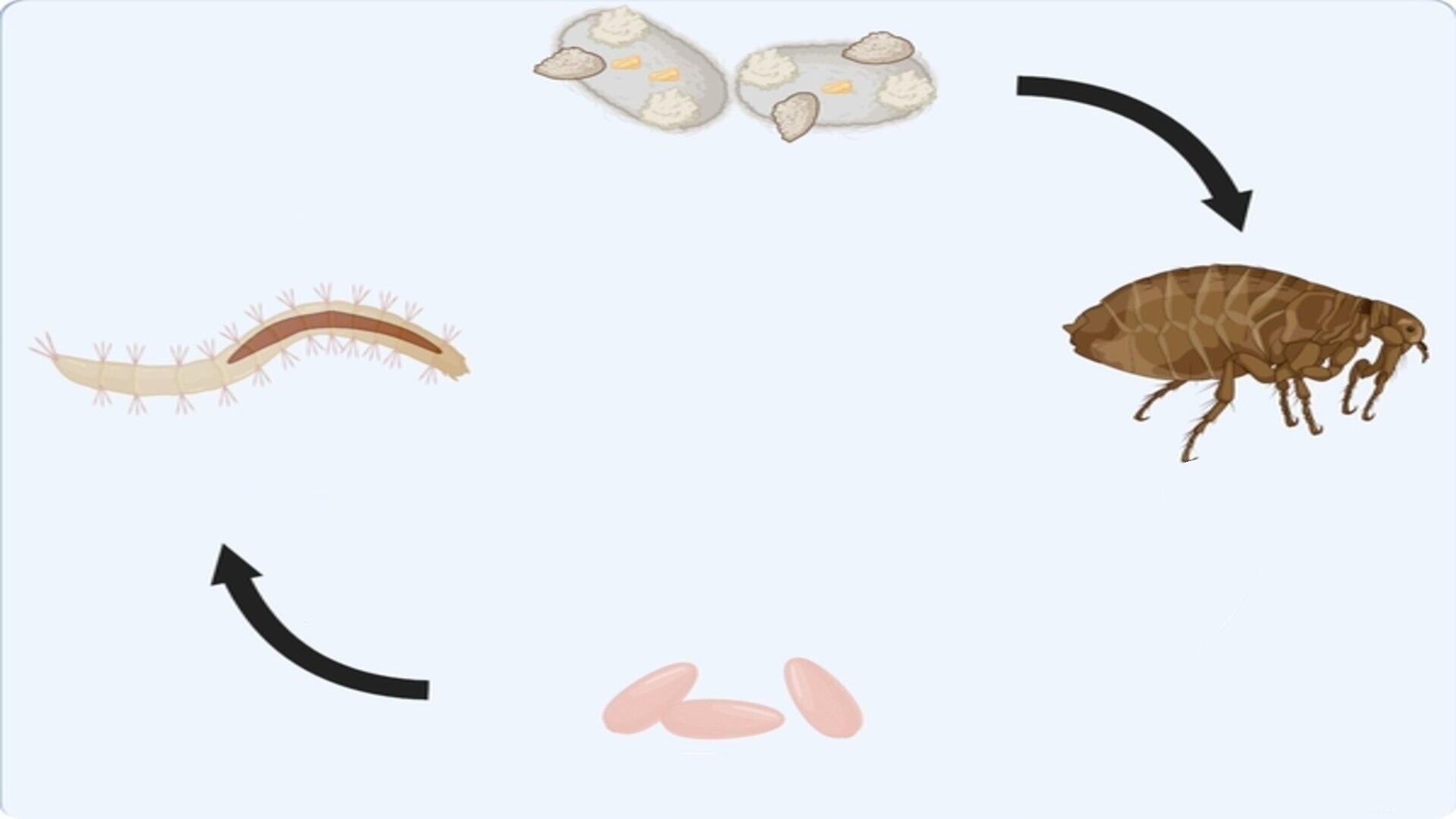
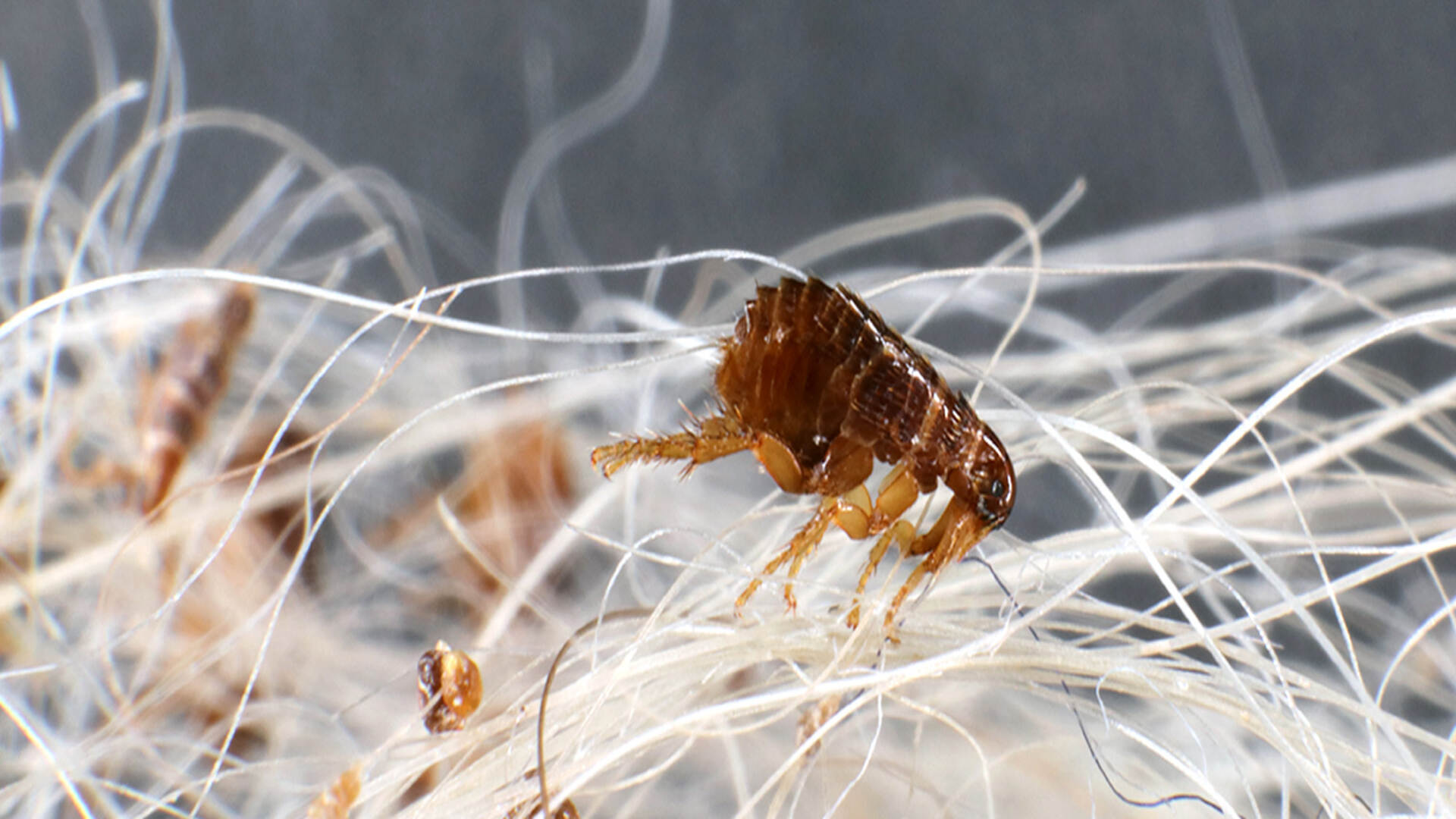
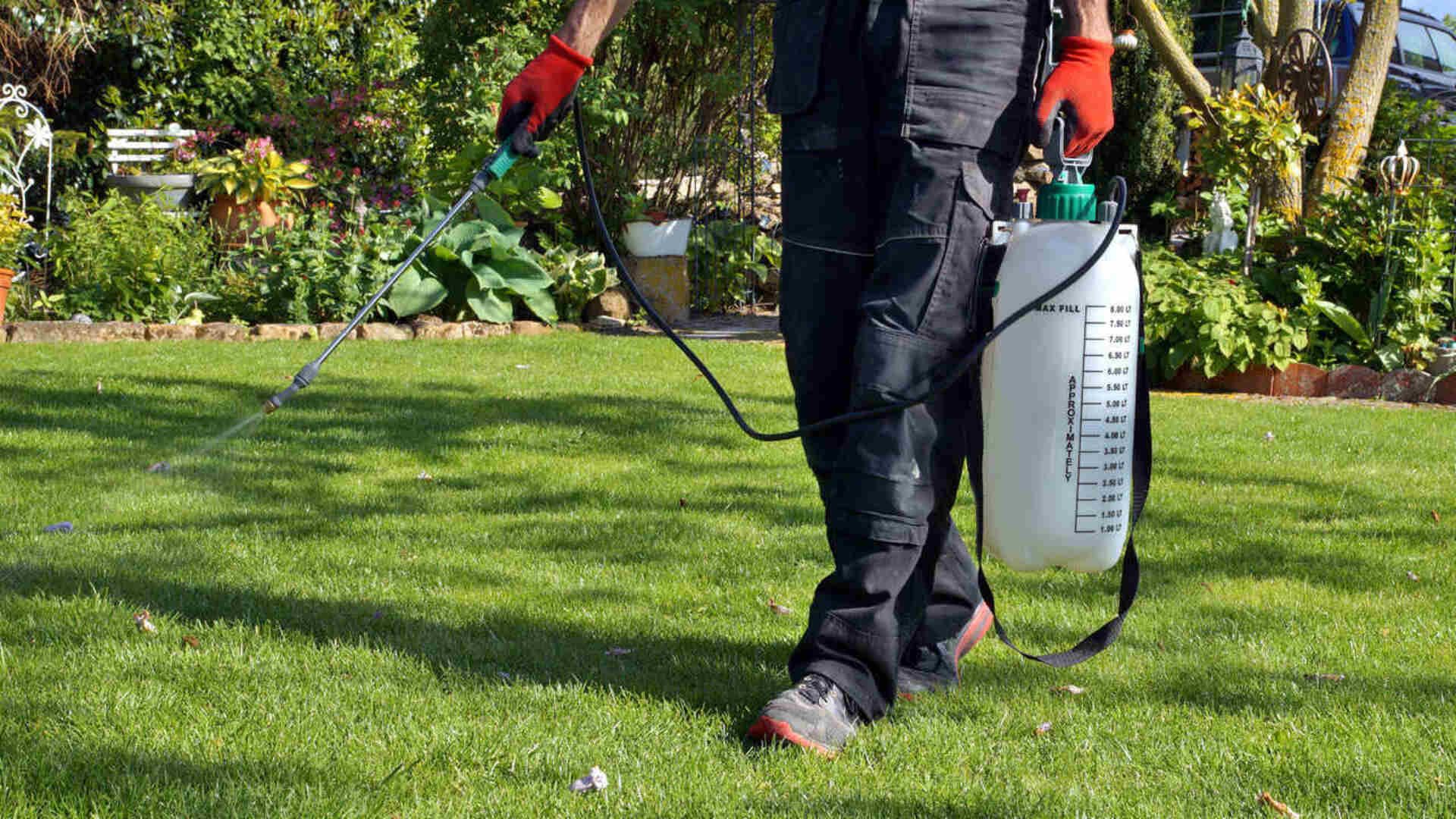
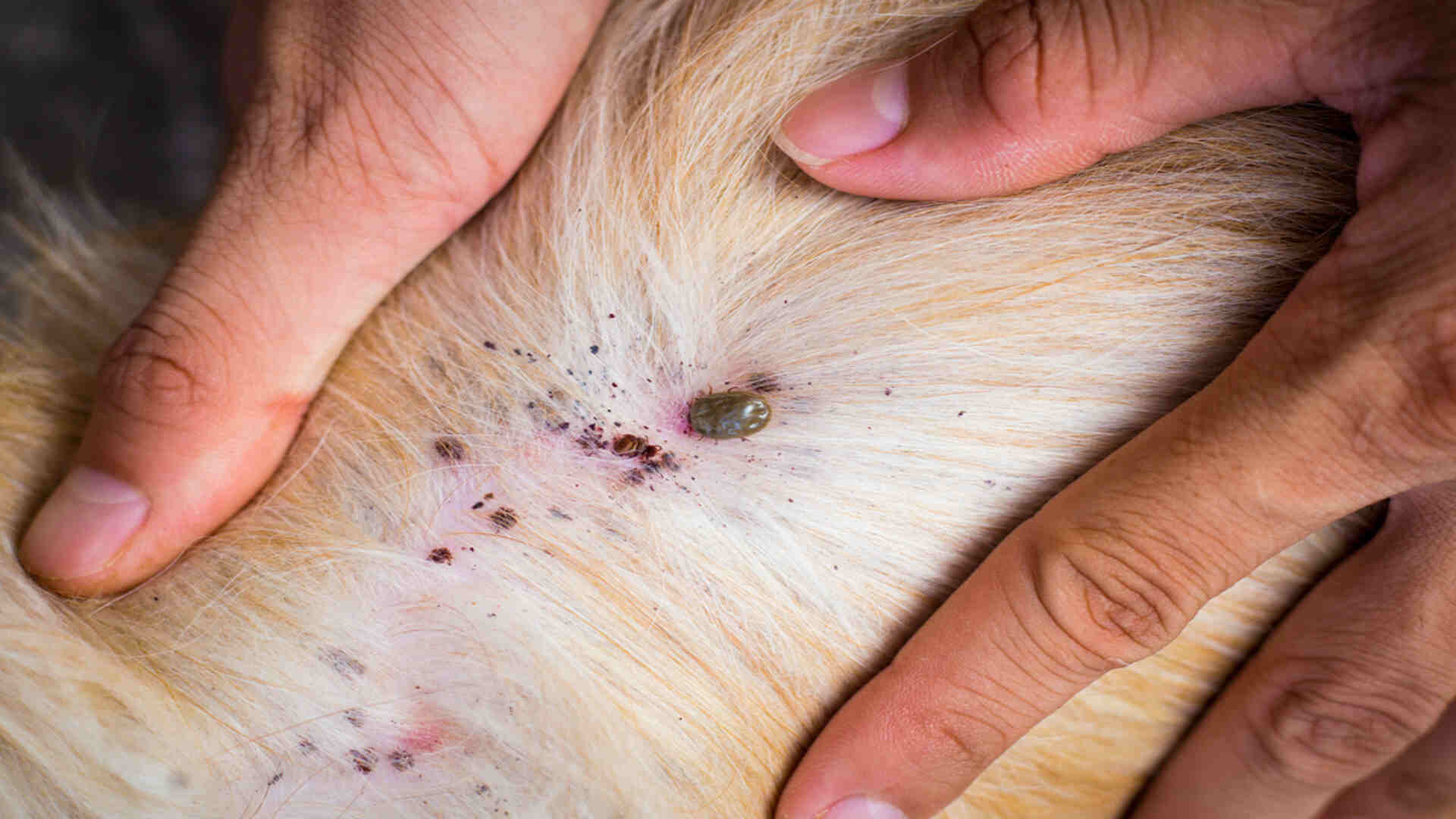
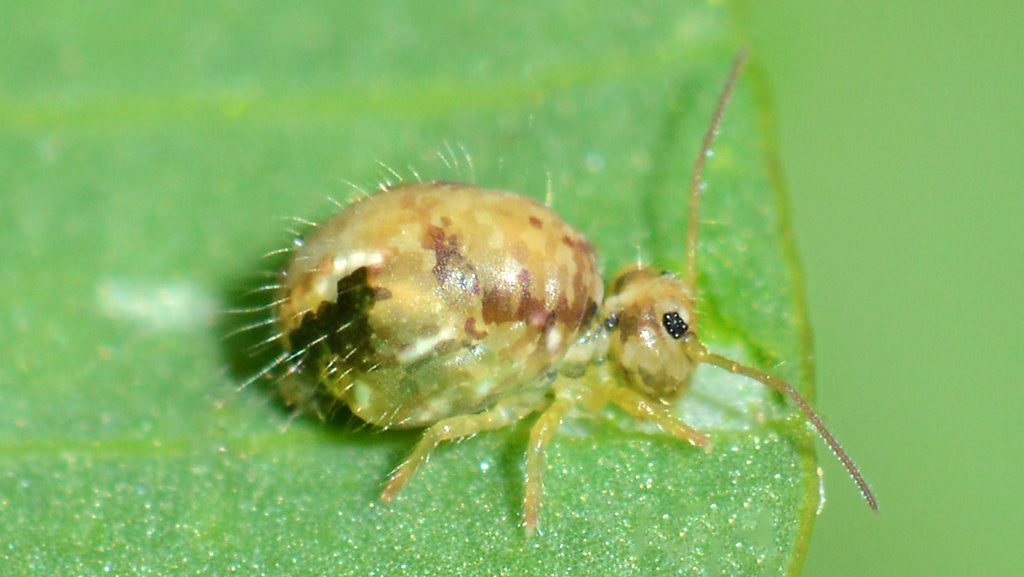

How to Get Rid of Fleas in the House?
After treating your pets, it’s crucial to focus on getting rid of fleas in the house to prevent fleas from reinfesting your pets. Fleas can live in carpets, furniture, and other soft surfaces, making thorough cleaning essential for lasting flea control.Deep Cleaning and Vacuuming: Essential for Flea Control
Regular vacuuming and cleaning can reduce flea numbers significantly by removing adult fleas, eggs, and larvae from surfaces. Deep cleaning is an essential step in preventing fleas from reproducing and infesting further.- Vacuum Thoroughly: Focus on areas where your pet spends time, such as carpets, rugs, and upholstery. Fleas and their eggs can hide deep within carpet fibers, so use a vacuum with strong suction.
- Dispose of Vacuum Bags Immediately: Discard vacuum bags or empty the canister in an outdoor trash can to prevent fleas from escaping back into the house.


Not getting a solution?
Get your free pest control estimate today!Using Diatomaceous Earth (DE) for Flea Control
Diatomaceous earth (DE) is a natural, non-toxic powder that works by dehydrating fleas, killing them upon contact. DE is safe to use around pets and children when applied correctly, making it an excellent alternative to chemical insecticides.- Application: Sprinkle food-grade diatomaceous earth on carpets, pet bedding, and in crevices where fleas may hide. Allow it to sit for 48 hours to maximize its effectiveness, then vacuum thoroughly.
- Precaution: Always wear a mask when applying DE to avoid inhaling the fine particles, and ensure you’re using food-grade DE, which is safe for indoor use.
DIY Flea Traps for Home Use
DIY flea traps help control fleas in the home by attracting them to a light source, where they fall into a solution and are unable to escape. Flea traps can capture a substantial number of fleas overnight and are easy to set up.- Light Trap: Place a shallow dish of soapy water under a nightlight or desk lamp. Fleas are drawn to the warmth and light, jumping into the dish where they are trapped and drowned.
- Best Locations: Place traps in high-traffic areas, such as living rooms, bedrooms, and around pet beds, to capture fleas effectively.

Understanding Fleas and Why They Infest Homes
Fleas are small, parasitic insects that feed on the blood of animals, primarily dogs and cats, but they can also bite humans. Known for their agility, fleas can jump great distances, making it easy for them to spread across different surfaces in your home, including carpets, bedding, and furniture. Fleas thrive in warm, humid conditions, which is why they’re particularly active in spring and summer, though they can survive year-round in the controlled environment of a home.Flea Lifecycle
Understanding the flea lifecycle is essential for effective control, as fleas have four stages—egg, larva, pupa, and adult—and each stage requires targeted methods for complete elimination. Fleas lay their eggs on animals, but the eggs quickly fall off into the pet’s environment, including carpets, furniture, and bedding. Within a few days, these eggs hatch into larvae that burrow deep into carpets or cracks in floors, where they remain hidden as they feed and develop. The larvae eventually enter the pupal stage, in which they form a cocoon and can remain dormant for months, waiting for the right conditions to emerge as adults. Breaking the flea lifecycle requires persistence, as larvae and pupae are resistant to many treatments. Understanding this lifecycle helps in getting rid of fleas in the house effectively and permanently.
What Kills Fleas: Quick and Effective Solutions
Sometimes, you need an immediate solution to kill fleas in larger numbers. Here are some of the fastest ways to get rid of fleas, from natural remedies to chemical treatments.Natural Solutions for Quick Flea Control
Natural flea killers offer immediate relief from fleas without the chemicals, although they may not act as quickly as chemical options.- Lemon Spray: Boil lemon slices in water and let the solution steep overnight. The citrus in lemon repels fleas, so use this spray on carpets, furniture, and pet areas.
- Vinegar Solution: Fleas dislike vinegar’s scent. Create a mixture of equal parts white vinegar and water and spray on flea-infested areas. Although vinegar doesn’t kill fleas instantly, it makes the environment less hospitable.
Options for Fast Results
For severe infestations, chemical treatments can offer faster results. Professional Pest Exterminators offer comprehensive treatment plans that target fleas across all life stages, ensuring thorough elimination. With the expertise of professionals, fleas can be eradicated effectively in even the most challenging infestations. Professional intervention is ideal for severe cases where DIY methods may fall short, especially if fleas persist despite multiple treatments.
How to Get Rid of Fleas in the Yard
An often-overlooked area in flea control is the yard. Fleas can live in shady, damp outdoor spaces, where they latch onto pets or humans who then bring them inside. An often-overlooked area in flea control is the yard. Fleas can thrive in shady, damp outdoor spaces, from where they latch onto pets or humans who then bring them inside. Getting rid of fleas in the yard helps create a flea-free environment both inside and outside your home, reducing the risk of fleas returning. Here’s a guide to eliminating outdoor fleas using safe, natural methods.Yard Maintenance
Regular yard maintenance is essential in reducing flea populations. Fleas thrive in shaded, moist areas, and removing these conditions makes your yard less hospitable.- Mow the Lawn: Keep the grass trimmed, as fleas prefer long grass where they can stay cool and shaded. Regular mowing exposes fleas to sunlight, which they avoid.
- Remove Organic Debris: Fleas can hide in piles of leaves, grass clippings, and compost piles. By removing organic debris, you limit their hiding spots, making your yard less flea-friendly.
- Rake Mulch Beds: Fleas can settle in mulch beds and under shrubs, so raking and turning the mulch occasionally can disturb and eliminate flea habitats.

Cedar Chips: A Natural Flea Repellent
Fleas are naturally repelled by the smell of cedar, making cedar chips an effective flea deterrent. Cedar chips can be spread around the yard, along pathways, or in garden beds to create a barrier against fleas.- Placement: Spread cedar chips around pet bedding areas, garden borders, and entry points to your home. Cedar can help repel fleas while adding a natural mulch to your landscape.
- Refreshing Cedar Chips: Replace cedar chips every few months to maintain their effectiveness, as the scent fades over time.
Long-Term Prevention Tips to Keep Fleas Away
Once you’ve successfully eliminated fleas from your home, pets, and yard, implementing preventive measures is essential for avoiding future infestations. Maintaining a flea-free environment requires ongoing care and attention to cleaning, pet grooming, and monitoring.Regular Pet Grooming and Flea Prevention
One of the best ways to prevent a flea infestation is through regular pet grooming and flea preventive treatments.- Monthly Flea Treatments: Consult your vet for a monthly flea preventive plan that includes treatments like topical spot-ons, flea collars, or oral tablets, depending on what’s best for your pet’s health and lifestyle.
- Flea Collars: Consider using flea collars that contain natural flea-repelling oils, such as cedar or citronella. These collars act as a barrier that deters fleas from settling on your pet.

Consistent Cleaning Routines in the Home
Regular cleaning prevents fleas from finding a foothold in your home. Vacuuming, washing bedding, and steam-cleaning carpets are effective ways to maintain a flea-free home.- Vacuuming: Continue vacuuming high-risk areas, like carpets, pet bedding, and furniture weekly. Vacuuming is a low-effort, high-reward method that keeps flea eggs and larvae at bay.
- Steam Cleaning: Steam cleaning carpets, upholstery, and rugs every few months provides an additional layer of protection, killing flea eggs and larvae that may have settled deep within fabrics.
Yard Maintenance and Natural Repellents
Maintaining a flea-free yard is just as important as keeping your home and pets free of fleas. Regular yard care and the use of natural repellents can keep fleas at bay, ensuring your pets don’t pick up fleas while outside.- Consistent Yard Care: Rake up leaves, keep grass trimmed, and remove debris from shaded areas. This minimizes flea habitats, making your yard less appealing to fleas.
- Natural Yard Sprays: Use natural yard sprays made with essential oils, like cedar or eucalyptus, to repel fleas. These sprays are safe for plants and pets but effective at keeping fleas away.

When to Call a Professional for Severe Flea Infestations
While DIY methods are effective for light to moderate infestations, severe flea infestations may require the help of a professional pest control service like Pest Exterminators. Knowing when to seek professional help can save time and ensure that your home is treated thoroughly. Persistent Infestations That Don’t Respond to DIY Methods If you’ve tried multiple DIY treatments and fleas continue to return, professional intervention can provide the comprehensive approach needed to break the flea lifecycle.- Effective Indoor Treatments: Pest Exterminators offer indoor treatments that address fleas at all stages, including eggs, larvae, and adult fleas, ensuring thorough elimination and preventing re-infestation.
- Outdoor Solutions: For large yards with ongoing flea problems, professionals can apply yard-safe treatments that prevent fleas from spreading indoors.





